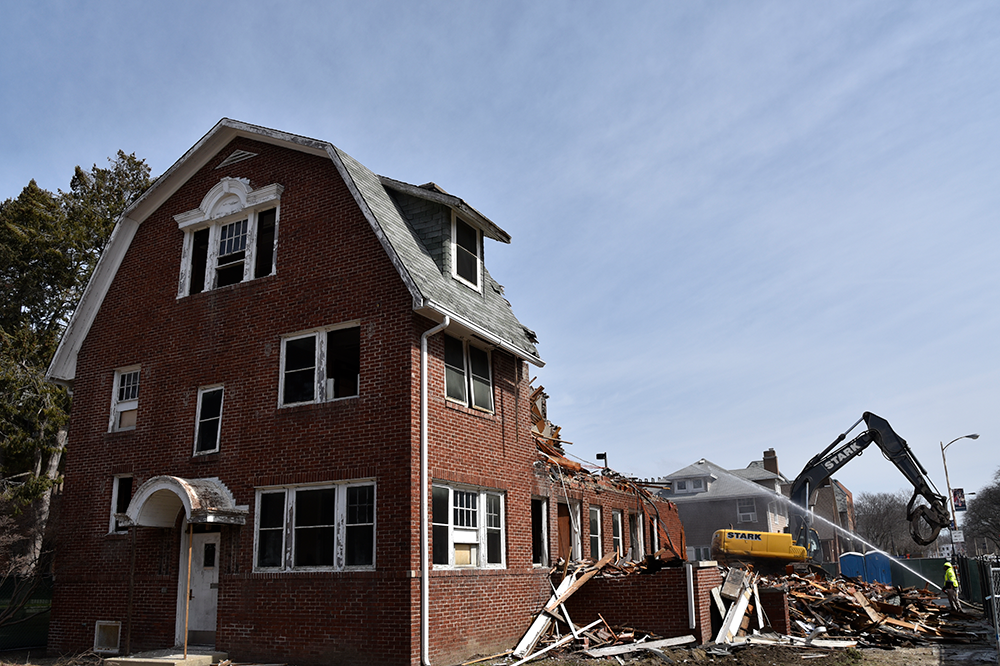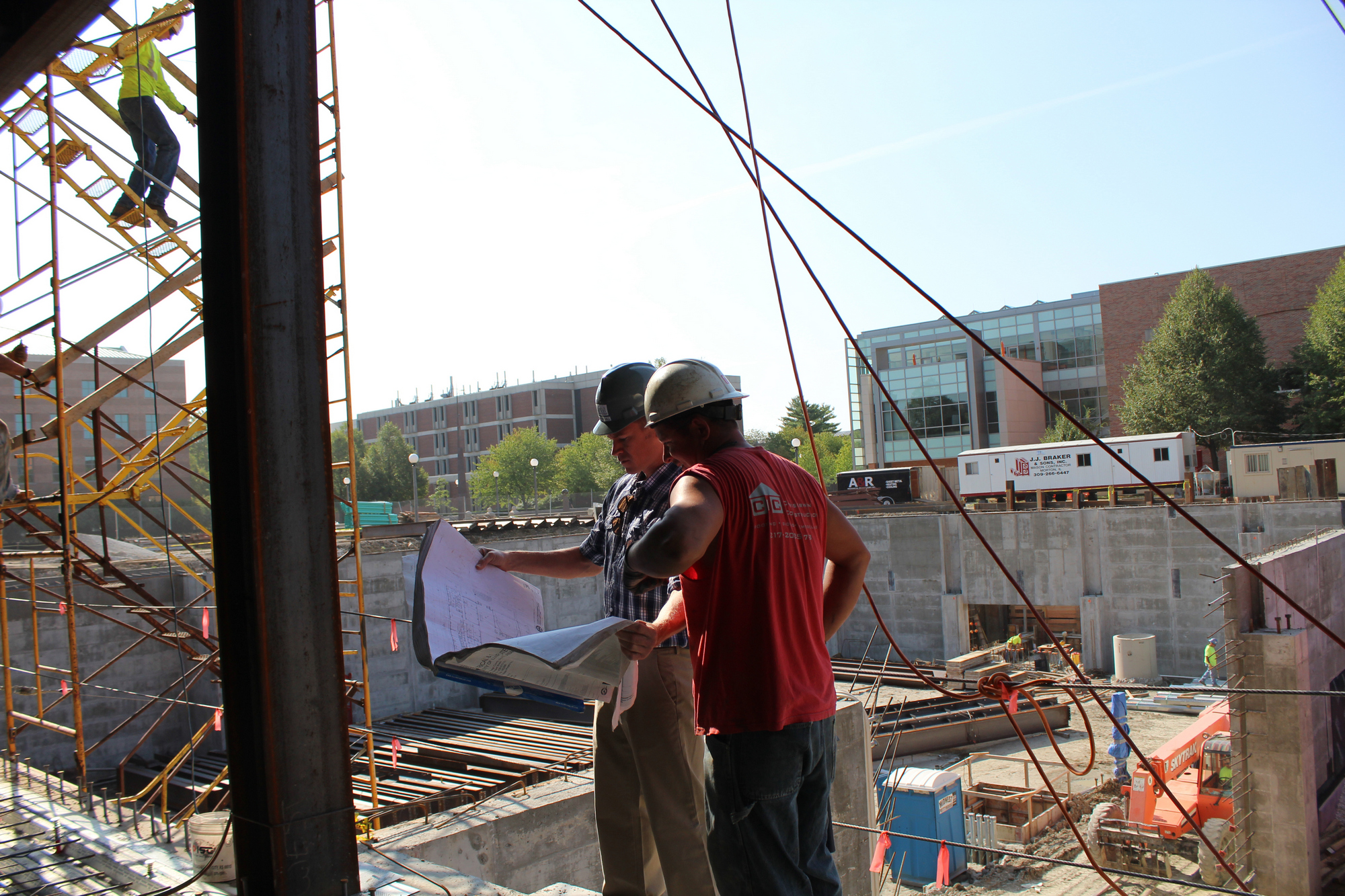Building Decommissioning

Per university direction, all buildings to be removed on campus must be coordinated by the university landscape architect and demolitions coordinator. Capital Programs will set up a project to account for funding and demolition contracts, and all removals will be managed by F&S.
Individual units and departments are prohibited from removing buildings/structures with an assigned building number. Buildings/structures that do not have an assigned number, such as some sheds on campus, may be removed by a department in any way they see fit, without necessitating additional involvement. If buildings are removed in the course of a capital project, the demolitions coordinator only needs to be involved for tracking purposes.
Building Materials Salvage Opportunities
Buildings on campus that have been contracted to be demolished, and are not a part of a larger construction project, will be listed here. The University of Illinois is committed to sustainability, diverting materials from landfills, and reducing our environmental impact. As such, the university strongly encourages demolition contractors to make a good-faith effort to work with local vendors, organizations, and other entities to recycle and salvage as many useful materials from the demolition process as possible. However, it is ultimately the contractor’s responsibility and discretion to determine how the demolition and salvage operations are coordinated for each project. Entities interested in building material salvage should contact the awarded contractor to see if any salvage opportunities exist. Any current salvage opportunities are listed below:
No current salvage opportunities
Potential Salvageable Materials
Examples of materials that could be salvaged and repurposed include, but are not limited to:
- Windows, including leaded and stained glass
- Doors, including pocket doors
- Door and cabinet hardware
- Ornate wood trims and casings (i.e. window and door casings, crown molding, etc.)
- Stair newel posts, handrails, banisters, columns, etc.
- Left behind wooden furniture, desks, etc. that have been removed from inventory
- Light fixtures
- Plumbing fixtures, water heaters
- Cast iron radiators, HVAC grilles/grates
Examples of items that could be recycled to reduce environmental impact include, but are not limited to:
- Easily removable metallic items (ductwork, piping, conduit, panels, gutters/downspouts, etc.)
- Cardboard and papers left behind
- Concrete (sidewalks, basement slab, etc.)
- Asphalt (sidewalks, pavement)

